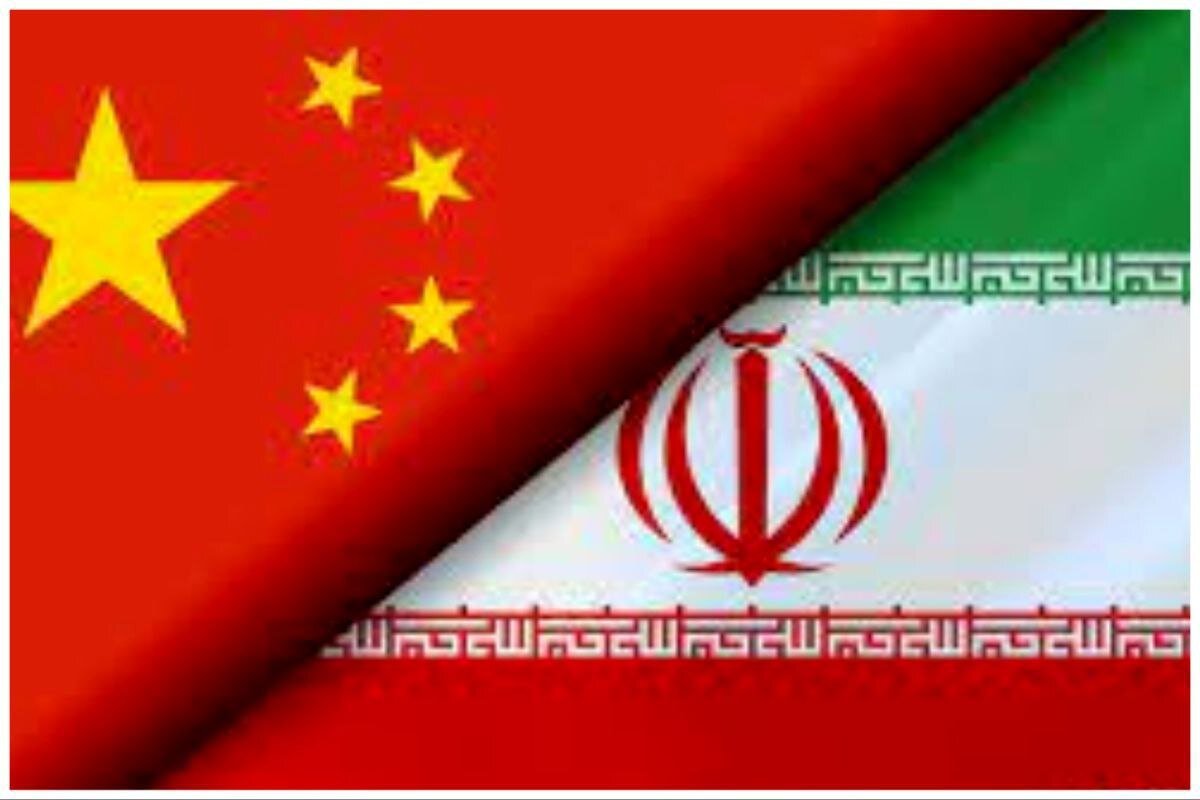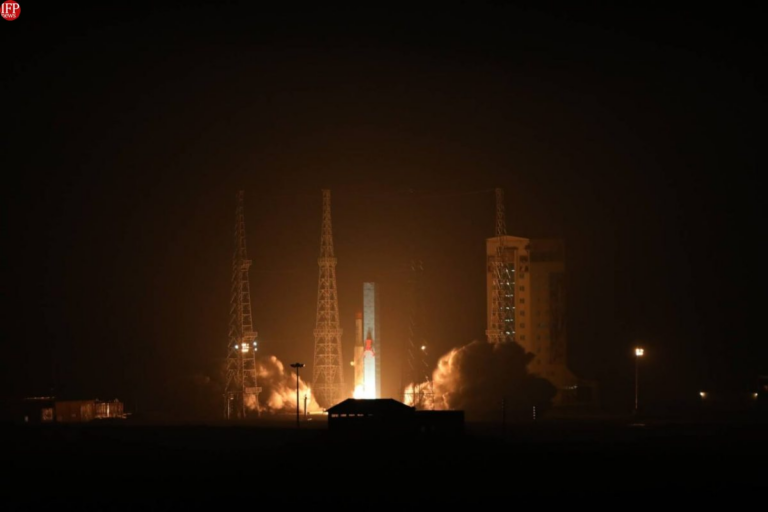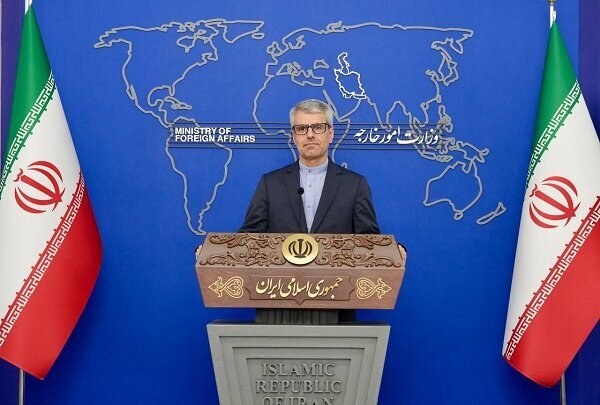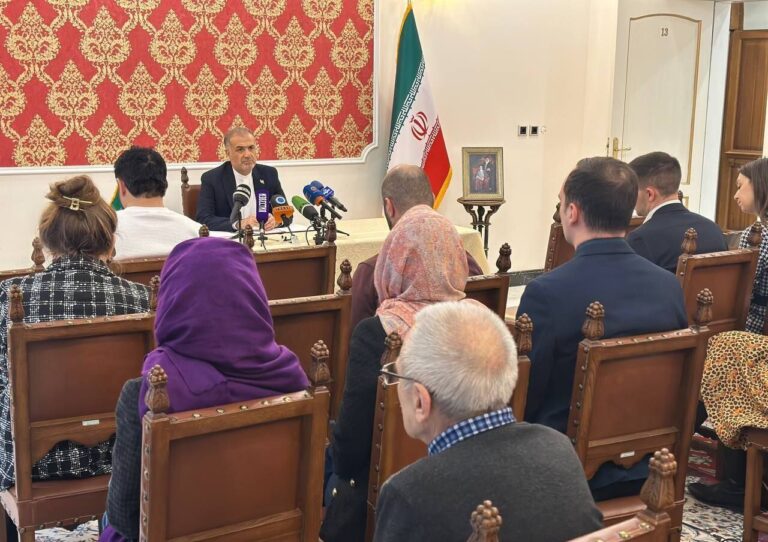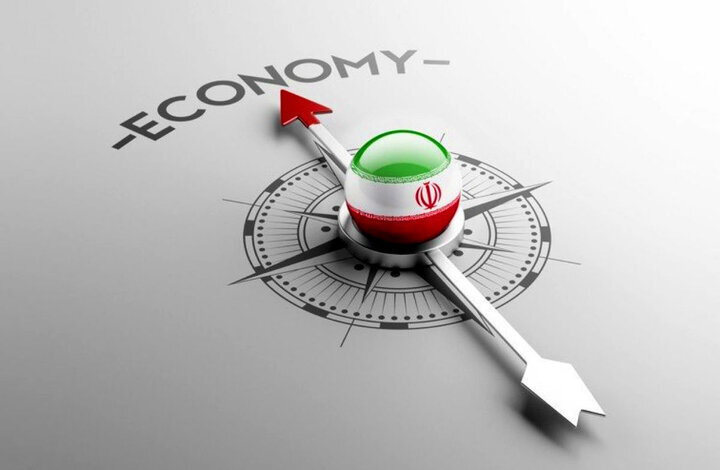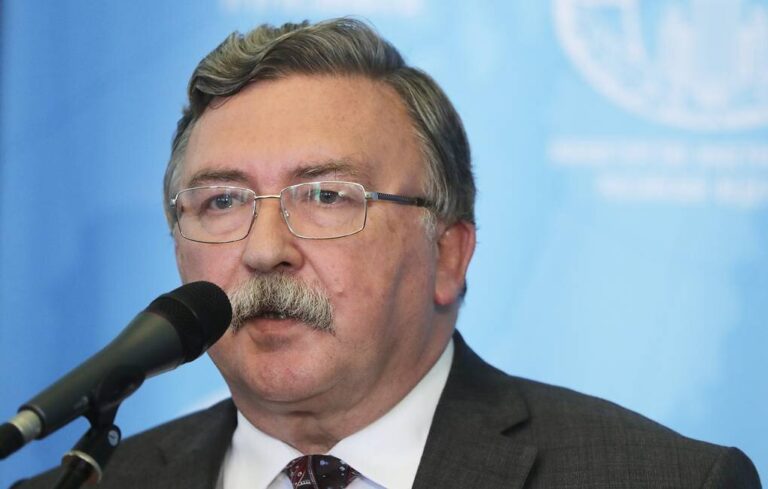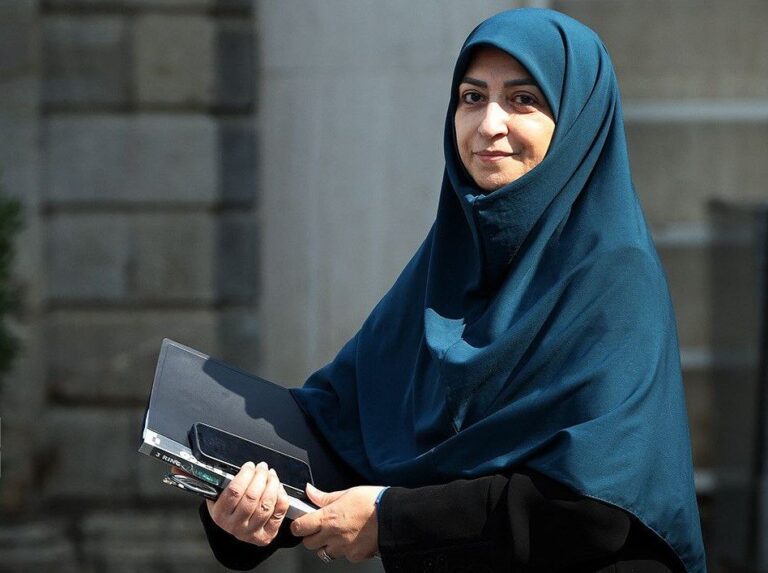Iran and China Unite: Universities Sign MOU to Boost Educational Research and Tech Collaboration
In a significant move towards fostering international educational ties, the Iran University of Science and Technology and China’s Jiangsu University of Science and Technology have entered into a memorandum of understanding (MOU) aimed at enhancing cooperation in education, research, and scientific endeavors. This strategic partnership marks an important step in promoting academic collaboration between Iran and China.
The MOU was formalized by Seyyed Mohammad-Ali Boutorabi, the vice president of the Iran University of Science and Technology, and Nan Ren, the vice president of Jiangsu University, during a signing ceremony held in China. According to the report from the ministry of science, research, and technology, this agreement is set to facilitate various collaborative initiatives.
The key components of the MOU include:
- Exchanging post-graduate students between the two universities
- Conducting joint research projects
- Providing sabbatical leaves for faculty members
- Dispatching professors to deliver lectures
- Exchanging scientific data and research findings
- Holding technical workshops and specialized courses
- Inviting experts to participate in national and international scientific meetings
- Organizing international sports events
- Establishing chairs for Persian and Chinese languages at each university
This MOU is part of a broader strategy for Iranian universities to explore collaborative opportunities with Chinese and Russian institutions, strengthening their academic framework under the strategic partnership agreements with these countries.
Further discussions on scientific cooperation were held on April 11 in China between Saeed Habiba, the deputy minister of science, research, and technology, and Sheng Jianxue, the secretary-general of the China Scholarship Council. The meeting focused on several key areas for enhancing scientific collaboration, including:
- Developing joint academic courses
- Facilitating exchange programs for professors and students
- Expanding government scholarship programs
- Enhancing technological ties
- Increasing scientific interactions and knowledge sharing
During this meeting, Habiba provided insights into Iran’s academic and scientific capabilities, showcasing the potential for fruitful collaboration. Additionally, he visited a Chinese technology park, gaining valuable knowledge about their technological advancements and scientific achievements.
The partnership between Iran and China is further reinforced by the comprehensive 25-year cooperation document signed in March 2021. This agreement was established between Iran’s former Foreign Minister Mohammad Javad Zarif and Chinese Foreign Minister Wang Yi at the Iranian Foreign Ministry. In December 2022, both nations finalized 16 memoranda of understanding as part of this strategic framework, highlighting their commitment to long-term cooperation.
In terms of global academic recognition, the 15th edition of the Quacquarelli Symonds (QS) World University Rankings by Subject 2025 has recognized 17 Iranian universities across 21 subject entries, an increase from 17 entries in 2024. Iranian institutions have notably excelled in three major fields:
- Engineering and Technology
- Life Sciences and Medicine
- Natural Sciences
Moreover, the Times Higher Education (THE) World University Rankings (WUR) by International Outlook 2025 has identified 85 Iranian universities among the top institutions globally. Notably, Sharif University of Technology holds the top position in Iran with a global ranking of 301-350. Following closely are Amirkabir University of Technology and Iran University of Science and Technology, both ranked within 351–400 globally.
As Iran continues to strengthen its educational ties with China and other countries, these collaborations are expected to enhance academic exchange, promote research innovation, and ultimately contribute to the advancement of knowledge on a global scale.
